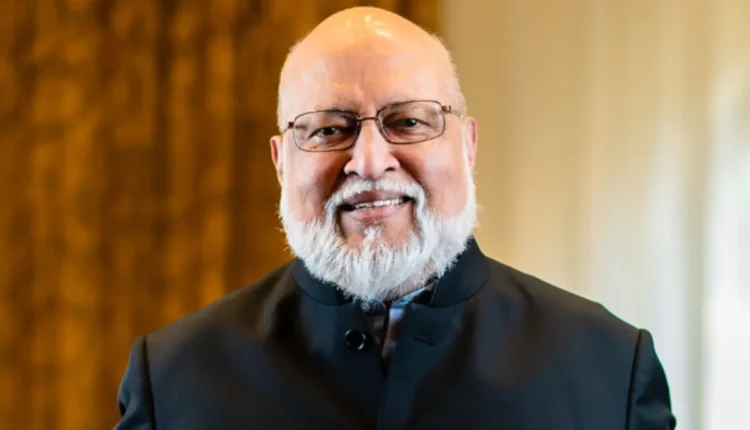In the ever-evolving landscape of computer science and engineering, one name stands out as a beacon of innovation and expertise: Arvind, the Johnson Professor of Computer Science and Engineering at the prestigious Massachusetts Institute of Technology (MIT). His journey is a testament to relentless dedication, pioneering research, and a profound impact on the field.
Arvind’s Academic Odyssey
Arvind’s academic journey commenced at the esteemed Indian Institute of Technology (IIT) Kanpur, where he earned his Bachelor of Science degree in technology with a focus on electrical engineering in 1969.
His burgeoning interest in computers led him to the University of Minnesota, where he secured both a Master of Science and a Doctor of Philosophy in computer science in 1972 and 1973, respectively.
His early years were marked by a deep dive into operating systems and mathematical models of program behavior. Teaching at IIT Kanpur and the University of California, Irvine, Arvind discovered a passion for computer architecture and programming languages, laying the foundation for his illustrious career.
Contributions to Digital Systems and Parallel Computing
Arvind’s influence in the realm of digital systems is profound. His past work played a pivotal role in the development of dynamic dataflow architectures, parallel languages like Id and pH, and their compilation on parallel machines.
His research interests span formal verification, memory models, and cache coherence protocols for parallel computing architectures—a testament to his commitment to pushing the boundaries of technological possibilities.
Entrepreneurial Ventures and Academic Leadership
Arvind’s journey extends beyond academia. In 1992, in collaboration with Motorola, he led the completion of the Monsoon dataflow machine.
Later, in 2000, he took a hiatus from MIT to establish Sandburst, a semiconductor company focusing on 10G-bit Ethernet routers. His entrepreneurial spirit also led to the co-founding of Bluespec, Inc., specializing in electronic design automation synthesis toolsets.
Returning to MIT in 2002, Arvind continued to contribute significantly to the academic and industrial landscapes. He served as the General Chair for the International Conference on Supercomputing in 2005 and has been an integral part of the boards of Sandburst and Bluespec, Inc.
Research Endeavors and High-Level Synthesis
Arvind’s current research focuses on the synthesis and verification of large digital systems, emphasizing Guarded Atomic Actions, memory models, and cache coherence protocols for parallel architectures. Heading the Computation Structures Group at MIT, he utilizes term-rewriting systems for high-level specification, accelerating hardware design, and fostering design exploration.
Awards and Accolades
Arvind’s exceptional contributions have not gone unnoticed. He has received numerous awards, including the IEEE Computer Society Charles Babbage Award (1994), Distinguished Alumnus Awards from both IIT Kanpur (1999) and the University of Minnesota (2001), and the IEEE Computer Society Harry Goode Memorial Award (2012).
Elected as an IEEE Fellow in 1994 and an ACM Fellow in 2006, Arvind’s recognition extends to being a member of the National Academy of Engineering since 2008.
Also Read : Aravind Joshi: Pioneering the Future of Computational Linguistics

